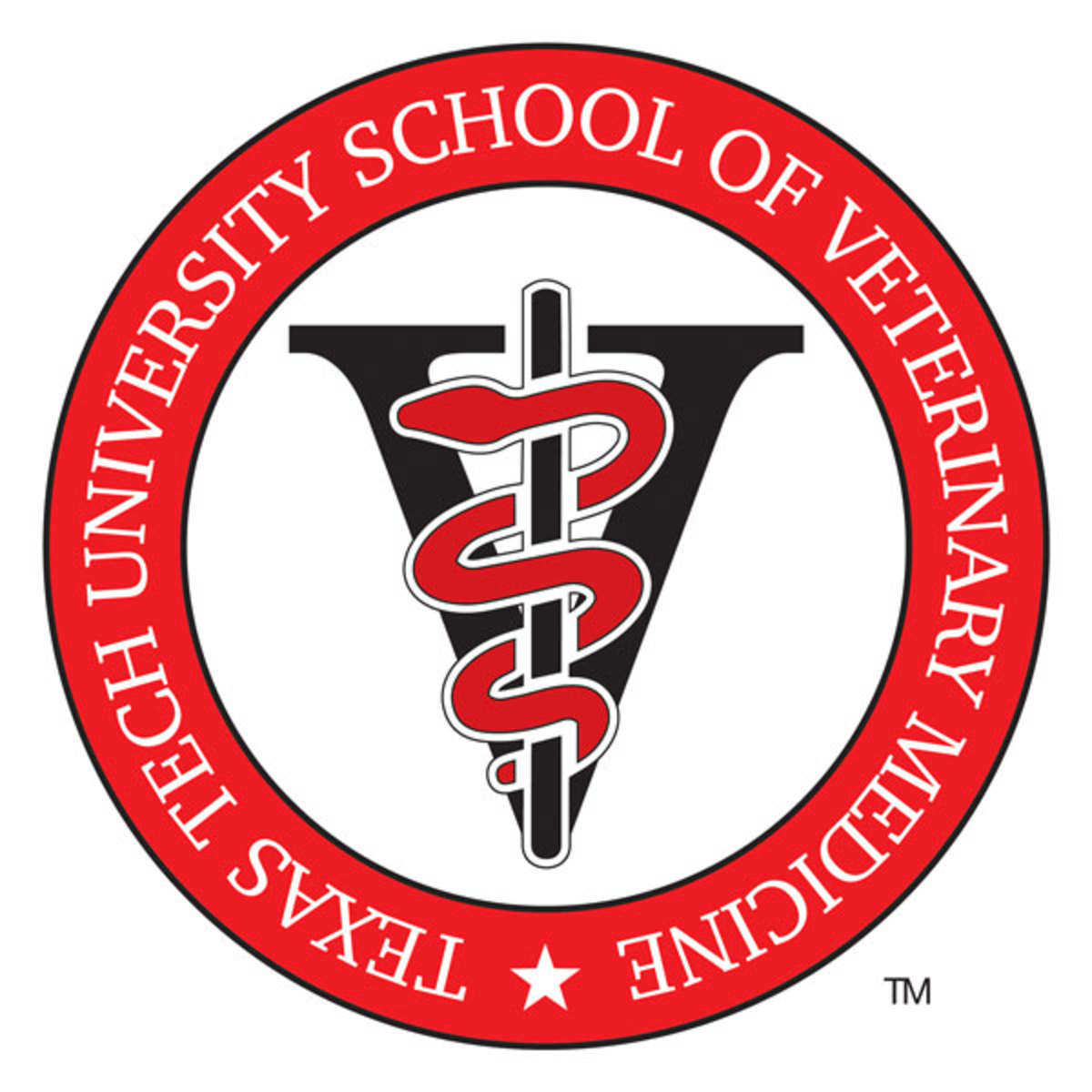
The Scoop From the Schools is a blog that brings news and information from vet schools and equine research facilities to those involved in the equine veterinary industry. This month we feature news from Texas A&M University and Iowa State University.

The Scoop From the Schools
is brought to you by Hilltop Bio.
Should Off-Label Bisphosphonates be Off Limits?

Bisphosphonates—clodronate and tiludronate specifically—inhibit osteoclast function, minimizing bone turnover. These drugs are used in older horses to strengthen bone. In young horses, however, bisphosphonates might have the opposite effect and therefore be detrimental to juvenile horses’ health.
Both FDA-approved bisphosphonates are licensed for navicular syndrome in horses over four years of age only. They are, however, used extensively off label, primarily for managing osteoarthritis in adult horses. Recently, some veterinarians have started administering bisphosphonates to young horses. Reasons cited include manipulating bone growth/formation/maturity and potentially provide analgesic effects in young horses that might be sore, secondary to training or overtraining for example.
“Currently, no studies have provided a detailed evaluation of administration effects on bone mass or bone turnover in any age horse,” warned Jessica Leatherwood, PhD. an associate professor of equine science at Texas A&M University. “Further, no studies have reported the effects on the growing musculoskeletal system. The welfare of young horses is at risk until data are available to make scientifically informed administration decisions.”
She added, “Bisphosphonates are being used on juvenile animals without understanding their potential detrimental effects on equine health and welfare. There is already increased public concern over catastrophic injuries in young racehorses; therefore, medications capable of altering bone metabolism, strength, and integrity must be thoroughly investigated.”
Leatherwood did point out that the manufacturer “is equally concerned about the off-label use of bisphosphonates to mask vulnerability in the developing skeleton of juvenile horses.”
According to an article from AgriLife Today, a team of Texas A&M researchers led by Leatherwood recently received a $500,000 USDA grant to study bisphosphonates in young horses.
Leatherwood said, “The long-term goal of this work is for improved equine health and welfare through the composition of data-driven recommendations (or warnings) for the use of bisphosphonates in juvenile horses.”
This research is currently on-going, and Leatherwood expects it will end mid-December. She intends to begin disseminating the information to the equine and veterinary communities as early as next year.
Leatherwood said she is proud to have gathered the diverse group of researchers who have expertise in large animal veterinary medicine, pharmacological analysis, bone and cartilage physiology, mechanical testing and equine endocrinology. The team has members from Texas A&M as well as Michigan State University and Montana State University.
In this study, the team is using a dual model approach with juvenile sheep and horses to determine the pharmacokinetics of clodronate disodium, the effects of bisphosphonate administration on bone formation and remodeling under forced exercise, and the intra-articular effects of bisphosphonates on cartilage metabolism, inflammation, and pain.
South Dakota Program Go for Launch in 2022

For 12 years now, Iowa State University students have traveled to Fort Thompson to offer veterinary service to the Crow Creek Reservation as part of a 2-week student rotation called Clinical Practice in Diverse Communities. “The program offers accessible and consistent core services each year,” said Joan Howard, VMD, DABVP, Clinical Associate Professor, Veterinary Clinical Sciences, Iowa State University.
Such preventive care includes vaccinations, deworming, and castrations.
“We will also address medical concerns and wounds. We do dental examinations, and we can microchip horses if owners are interested,” Howard said.
Outside of this program, horse owners must trailer to veterinary practices that can be more than an hour away or community member horse owners will help each other out with some veterinary problems. For some community members, extensive veterinary treatment is not financially possible, relayed Howard.
Not only do veterinary students learn valuable clinical skills in this fast-paced, high-volume rotation, they also learn about the history and cultural of the Lakota and Dakota people.
“During the service trip, Tribal members speak to students about their heritage, the importance of animals in their cultural history, and the challenges that their community has faced in the past and present,” shared Howard.
As we all know, veterinary care for horses can be costly. According to Howard it would cost about $80,000 to run the small animal and equine program.
“We are able to obtain product donations from companies, and participants and students facilitate crowd-funding campaigns. Anyone interested in donating to the project can do so at Crow Creek Project,” Howard said.
If making a donation, please specify in the notes/instructions section that the donation is for the Crow Creek Project.
Fun, Games and UF at the World Equestrian Center

Construction on the University of Florida Veterinary Hospital at the World Equestrian Center (WEC) in Florida is currently underway. The 40,000-square-foot hospital will be up and running in the spring of 2022.
According to the University of Florida, horses visiting the World Equine Center will now have access to a “broad array of expertise in diagnostic and patient care offered by UF veterinary specialists working across a variety of disciplines.”
Available services will include sports medicine, diagnostic imaging, rehabilitation, regenerative therapies and after-hours urgent care. A full list of services is available here.
In addition, the WEC website lists the following hospital amenities:
- 8 stalls
- Farrier room
- Dedicated procedure and treatment area
- Induction/recovery room
- Digital ultrasound and digital radiography
- Computed Tomography (CAT Scan)
- Magnetic Resonance Imaging (Standing MRI)
- Positron Emission Tomography (PET Scan)
- Underwater treadmill
- Cold water spa
- Salt Therapy
- Vibration therapy
- Solarium
Hospital administrators already anticipate future expansion to include specialty services.
Roby Roberts, the center’s CEO, said, “This new collaboration represents a win-win for WEC Ocala, for our exhibitors and guests, for the community and most of all for the animals who will have access to state-of-the-art technology and unparalleled customer service along with the breadth and depth of expertise UF provides.”








